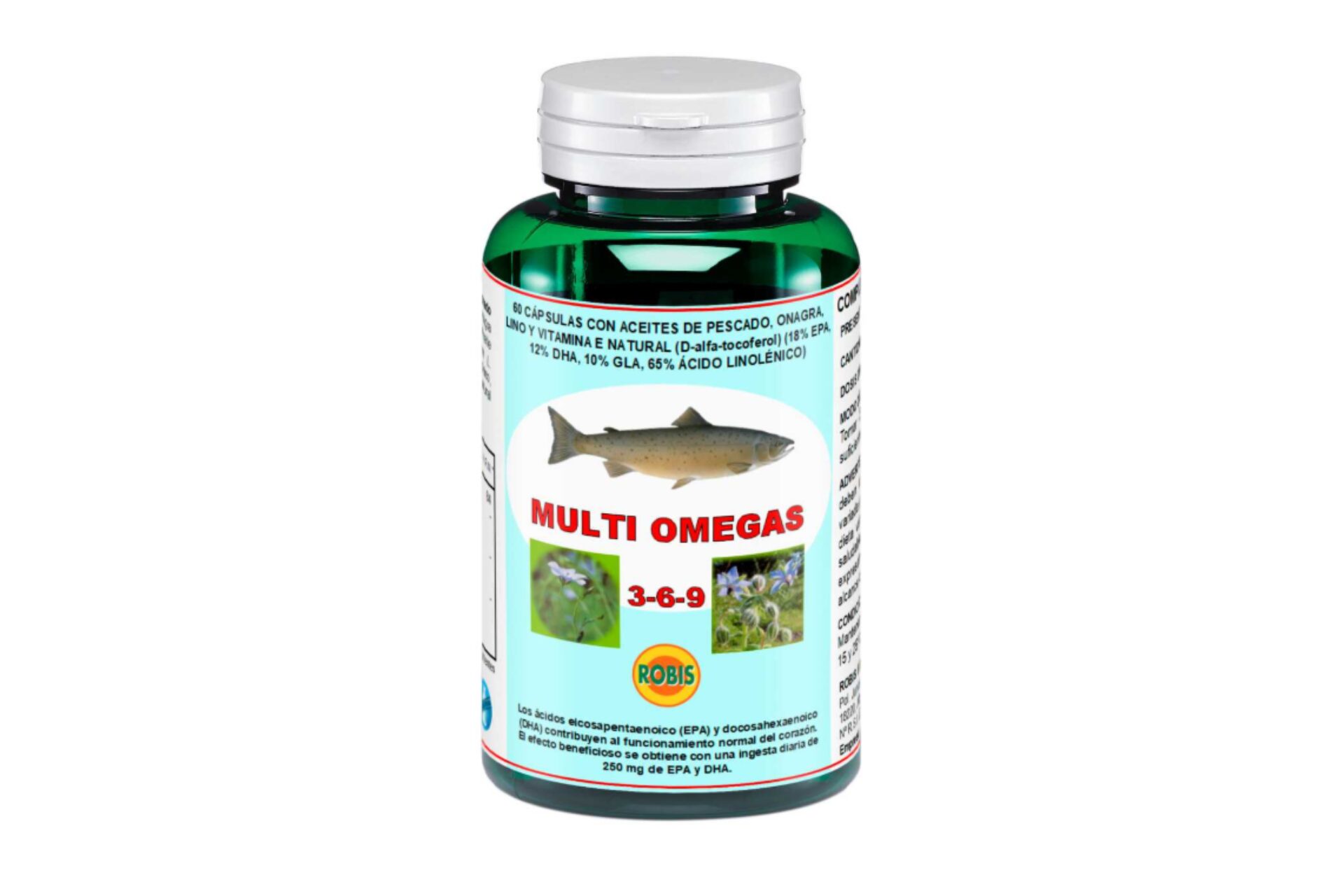Introduction
Fiber is an essential component of our diet, yet its significance often remains overlooked and underestimated. In this comprehensive guide, we will explore the world of dietary fiber, its importance, recommended intake and a variety of high fiber foods. We will delve into the numerous health benefits associated with consuming fiber rich foods, including improved digestion, weight loss and a reduced risk of chronic diseases. Furthermore, we will provide practical tips on incorporating more fiber into your daily diet.
This comprehensive guide, We at Foods High in Fiber, will delve deep into the world of fiber rich foods, shedding light on their importance and the incredible array of options available. Our aim is to provide you with a one-stop resource to help you understand, appreciate, and incorporate these nutritional powerhouses into your daily meals.
What is Fiber?
Fiber, or dietary fiber or roughage, is a complex carbohydrate primarily found in plant-based foods. Unlike other carbohydrates, such as sugars and starches, the human digestive system cannot break down fiber. Instead, it passes through the digestive tract relatively intact, providing essential health benefits.
There are two main types of dietary fiber:
Soluble Fiber:
This fiber dissolves in water to form a gel-like substance in the digestive tract. Soluble fiber is found in oats, beans, fruits and vegetables. It is known for its ability to help lower cholesterol levels, stabilize blood sugar, and promote a feeling of fullness.
Insoluble Fiber:
Insoluble fiber does not dissolve in water and adds bulk to the stool, aiding in regular bowel movements. Foods like whole grains, nuts, seeds and skin of fruits and vegetables are rich sources of insoluble fiber. It plays a crucial role in preventing constipation and maintaining digestive health.
Why is Fiber Foods Important?
Fiber plays a pivotal role in maintaining overall health and well-being. Here are some key reasons why a thread is essential:
Digestive Health: Both soluble and insoluble fiber contribute to healthy digestion. Soluble fiber softens stools and prevents diarrhea, while insoluble fiber adds bulk to seats, preventing constipation. Together, they promote regular and comfortable bowel movements.
Weight Management: High fiber foods are generally low in calories and help you feel complete for extended periods, reducing the likelihood of overeating. This can be beneficial for weight management and controlling calorie intake.
Heart Health: Soluble fiber has been linked to reduced LDL (bad) cholesterol levels. By binding to cholesterol particles in the digestive tract, soluble fiber helps prevent their absorption, which can lower the risk of heart disease.
Blood Sugar Control: Soluble fiber can slow down the digestion and absorption of sugars, helping to stabilize blood sugar levels. This is particularly important for individuals with diabetes or those at risk of developing conditions.
Gut Health: Fiber promotes the growth of beneficial gut bacteria, which contribute to a healthy gut microbiome. A balanced gut microbiome is associated with various health benefits, including improved immune function and reduced inflammation.
Reduced Risk of Chronic Diseases: A high fiber diet is linked to a reduced risk of chronic diseases such as type 2 diabetes, colorectal cancer and certain cardiovascular conditions.
How Much Fiber Should You Eat?
The recommended daily fiber intake varies depending on age, gender, and calorie needs. However, a general guideline provided by health organizations, including the American Heart Association, suggests aiming for the following daily fiber intake:
- Adults: 25 to 38 grams of fiber daily, depending on calorie intake. On average, most adults should aim for at least 25 grams.
- Children and Adolescents: The daily recommended intake varies by age, but children and adolescents should generally consume their age plus 5 grams of fiber. For example, a 10-year-old should aim for 15 grams of fiber daily.
It’s important to note that individual needs may vary, so it’s best to consult a healthcare provider or registered dietitian to determine your specific fiber requirements. Meeting these guidelines can significantly contribute to better overall health.
List of Foods High in Fiber
To meet your daily fiber intake goals, it’s essential to incorporate a variety of high fiber foods into your diet. Here’s a list of some excellent sources of dietary fiber:
Beans:
Beans are among the most high fiber foods available. Varieties like black beans, kidney beans, pinto beans and lentils are high in fiber and provide a good source of protein. One cup of cooked beans can contain 9-15 grams of fiber.
Whole Grains:
Whole grains are an excellent soluble and insoluble fiber source. Some popular whole grains include oats, barley, quinoa, brown rice, whole wheat pasta and whole grain bread. A serving of cooked whole grains typically provides 3-5 grams of fiber.
Fruits:
Many fruits are high fiber, especially when consumed with their skin. Some fiber-rich fruits include apples, pears, berries (raspberries and blackberries), oranges and bananas. On average, a medium-sized fruit offers 3-5 grams of fiber.
Vegetables:
Vegetables are a rich source of fiber and the darker and leafier the vegetable, the higher its fiber content. Some high fiber vegetables include broccoli, Brussels sprouts, spinach, kale, carrots and sweet potatoes. A serving of cooked vegetables generally contains 3-5 grams of fiber.
Nuts and Seeds:
Nuts and seeds are high in fiber and provide healthy fats and essential nutrients. Almonds, chia seeds, flaxseeds and pumpkin seeds are notable high fiber options. A handful of nuts or seeds can provide 2-4 grams of fiber.
Other High-Fiber Foods:
Besides the above mentioned categories, different foods can boost your fiber intake, such as whole grain cereals, bran products and certain root vegetables like turnips and parsnips.
How to Add More Fiber Foods to Your Diet
Now that we’ve highlighted the importance of fiber and its associated health benefits, it’s time to discuss practical strategies for increasing your daily fiber intake:
Gradual Increase: If your diet is low in fiber, it’s essential to make incremental changes to avoid digestive discomfort. Rapidly increasing fiber intake can lead to gas, bloating and diarrhea. Instead, gradually introduce high fiber foods into your meals.
Choose Whole Grains: Opt for whole grain versions of bread, pasta, rice and cereal. Entire grains retain bran and germ, where most of the fiber is found. Read labels and look for products with “whole” or “whole grain” as the first ingredient.
Start Your Day with Fiber: Incorporate high-fiber cereals, oatmeal, or whole-grain toast into your breakfast routine. Adding berries, sliced bananas or chia seeds can further boost the fiber content.
Snack Smartly: Choose high fiber snacks like fresh fruit, vegetable sticks with hummus or a small handful of nuts. These options provide a nutritious and satisfying way to curb mid-day hunger.
Embrace Legumes: Experiment with beans, lentils and chickpeas in various dishes. They can be added to salads, soups, stews, and stir-fries to increase fiber and protein content.
Eat More Fruits and Vegetables: Aim to fill half your plate with vegetables and fruits at each meal. Include various colorful options to ensure a wide range of nutrients and fiber types.
Include Fiber in Smoothies: Add spinach, kale or avocado to your morning smoothie for an extra fiber boost. Remember to keep the skins on when using fruits like apples or pears.
Choose Whole Fruits Over Fruit Juices: Whole fruits contain more fiber than their juice counterparts. Eating an apple provides more fiber than drinking a glass of apple juice.
Snack on Popcorn: Air-popped popcorn is a whole grain, naturally high fiber snack. Avoid excessive butter or salt for a healthier option.
Read Food Labels: Check the nutrition label for fiber content when purchasing packaged foods. Aim for products with higher fiber content and fewer added sugars.
Stay Hydrated: As you increase your fiber intake, drink plenty of water to prevent constipation and promote healthy digestion.
Plan Balanced Meals: Incorporate balanced protein, fiber and healthy fats into your meals. This combination can help you feel satisfied and maintain stable energy levels throughout the day.
Conclusion
In summary, dietary fiber is a fundamental component of a healthy diet that offers many benefits. Whether you aim to improve digestion, manage your weight, reduce the risk of chronic diseases, or enhance gut health, incorporating high fiber foods into your daily meals can make a significant difference.
You can quickly meet your daily fiber requirements by embracing a balanced diet rich in whole grains, legumes, fruits, vegetables, nuts, and seeds. Furthermore, making gradual dietary changes and staying hydrated will help you avoid digestive discomfort while enjoying the health advantages of fiber.
So, whether you’re looking to boost your overall well-being or address specific health concerns, remember that dietary fiber is a powerful tool for a healthier and happier life. Start by making small, sustainable changes to your diet and you’ll be well on your way to reaping the rewards of a high fiber eating plan.
FAQs
How can I increase my fiber intake if I’m not a fan of vegetables?
While vegetables are a great source of fiber, you can also incorporate fruits, whole grains, and legumes into your diet to boost your fiber intake.
Are there any side effects of consuming too much fiber?
Excessive fiber intake can lead to digestive discomfort, such as gas and bloating. It’s essential to increase your fiber intake gradually to allow your body to adjust.
Can fiber help with weight loss?
Yes, fiber can aid in weight loss by promoting a feeling of fullness and reducing overall calorie intake.
Is it better to get fiber from supplements or whole foods?
Whole foods are the preferred source of fiber as they provide additional nutrients and health benefits. Supplements should only be used when it’s challenging to meet your fiber needs through diet alone.
How long does it take to notice the benefits of a high-fiber diet?
The timeline varies from person to person, but you may start to notice improvements in digestion and satiety within a few weeks of increasing your fiber intake.
Publisher: Source link



